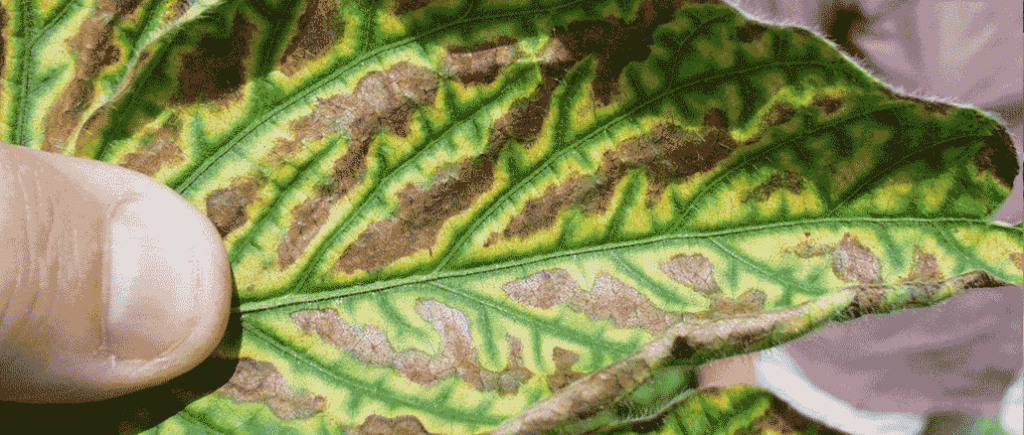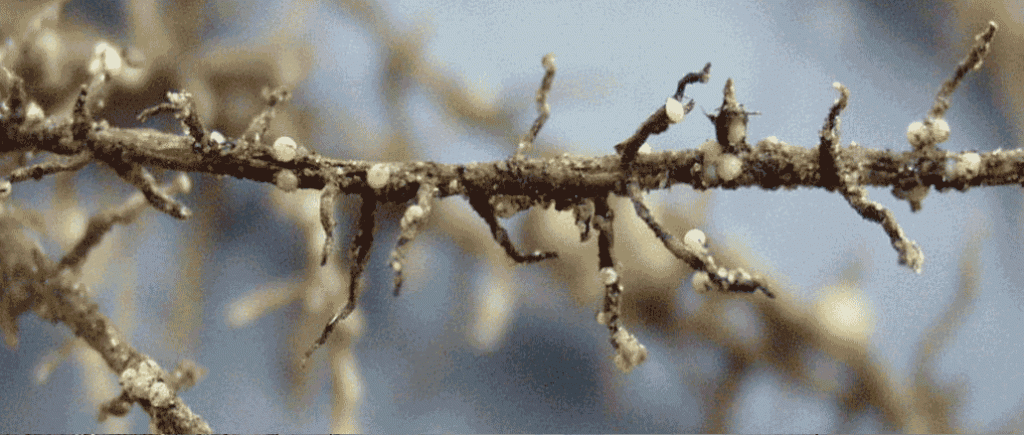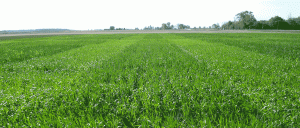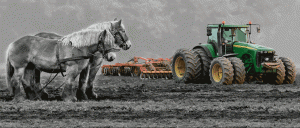Cropside: Scout for diseases now
AGRONOMIC INFORMATION FROM ONTARIO'S CROP SPECIALISTS

IT IS THAT time of year when late season soybean diseases are most noticeable, and therefore, now is an excellent time to scout for disease problems. Make note of which diseases are present and how severe. Some common diseases you may find are soybean cyst nematode (SCN), sudden death syndrome, stem canker, brown stem rot, frogeye leaf spot, white mould, root rot (Phytophthora/ Fusarium/rhizoctonia), and bacterial blight. This information in conjunction with harvest data will help you select the appropriate varieties geared to your specific needs in 2018 and beyond. Remember, many of the varieties available today not only protect against one disease but many have multiple disease protection.
WHAT IS SUDDEN DEATH SYNDROME (SDS)
Sudden Death Syndrome (SDS) is one disease which rarely appears until after flowering. Leaf symptoms begin as scattered, yellow spots between leaf veins which join to form large chlorotic and necrotic blotches between the leaf veins, while the midvein and major lateral veins remain green. Leaflets eventually drop, but the petioles remain on the stem. Symptoms may first appear in patches, and may be associated with low or compacted areas in the field as well as most often soybean cyst nematode infection. So dig the roots!
SDS causes a root rot so plants can have rotted taproots and lateral roots. When stems are cut longitudinally, the woody tissue of the taproot (cortex) is discolored light gray to brown.


WHAT CAN I DO ABOUT SDS?
SDS is increasing in Ontario and can cause substantial yield loss. OMAFRA, with support from Grain Farmers of Ontario and Growing Forward 2 (GF2) has been involved in a multi-year SDS regional project with several U.S. states which has led to an updated SDS management program aimed at reducing plant damage and yield loss.
- Select and plant varieties with good SDS partial resistance (tolerance)
- Incorporate other non-host crops such as wheat into your corn-soybean rotation since the project has found crop rotation with corn is not effective. Although the fungus does not cause disease on corn, it can survive and even increase on corn residue. SDS outbreaks can occur even after a few years of continuous corn. Breaking up a corn-soybean rotation with other crops such as wheat can reduce disease.
- Manage soybean cyst nematode since the disease is often associated with SDS. Management practices to reduce SCN, including resistant varieties, may reduce SDS damage and spread.
- Most commercially available seed treatments will not reduce SDS severity. The Grain Farmers of Ontario/GF2 funded project has shown a new seed treatment called ILeVO (fluopyram) has good efficacy against the fungus that causes SDS.
Reduce your disease risk in 2018 to SDS and other diseases by selecting the appropriate varieties, cultural practices, and fungicide seed treatments that meet your specific field needs. To learn more about SDS and other diseases, visit the Crop Protection Network (www.cropprotectionnetwork.org) and the production resources section at www.gfo.ca.
This project was funded in part through Growing Forward 2 (GF2), a federal-provincial territorial initiative. The Agricultural Adaptation Council assists in the delivery of GF2 in Ontario. •


























